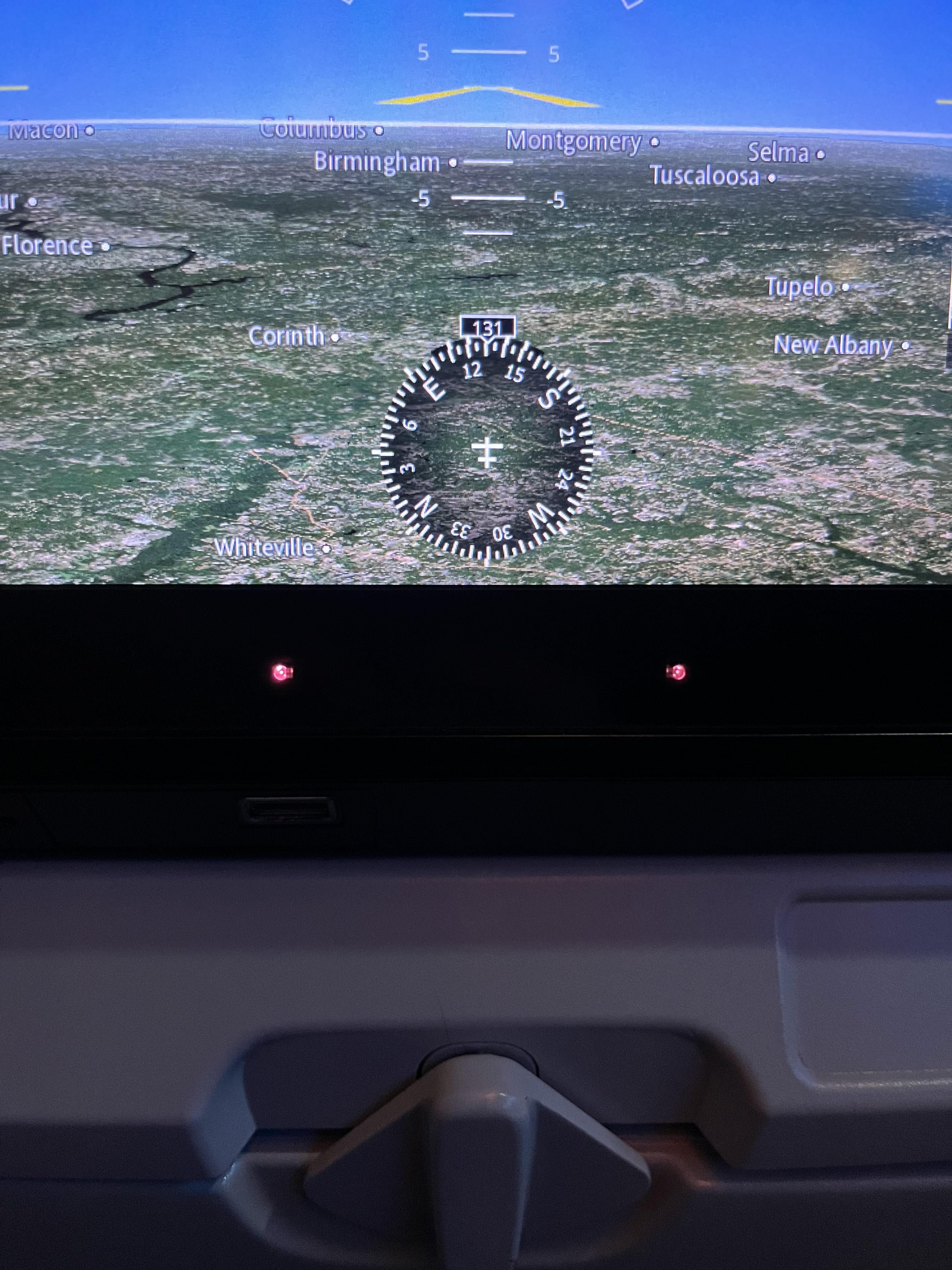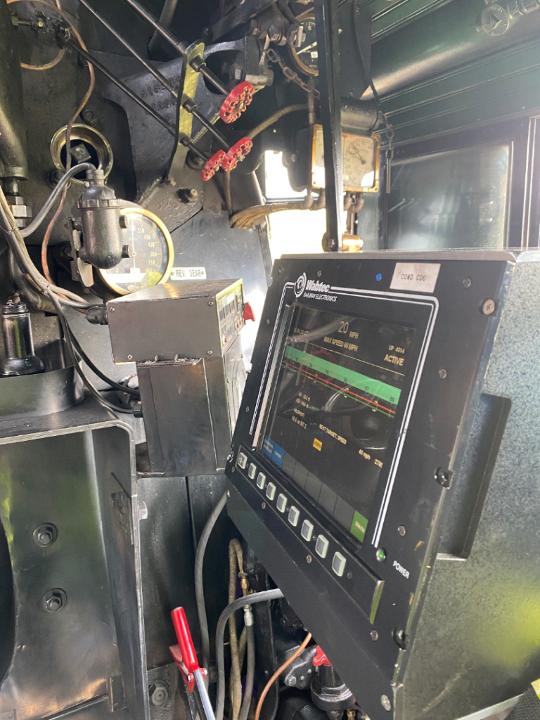

I am comparing payload weights because it’s directly comparable between all vehicles. I am not sure if you understand payload weight fully. This is the rating for everything you put in the vehicle (airship or not) and includes everything from people to the trailers tounge if you are towing. Just because your truck can tow 20Klb does not mean you can exceed the payload capacity. A lot of first time RV buyers learn this the hard way when they buy a 10Klb trailer to tow with their 2018 F150 only to find out there isn’t even enough payload capacity left over for the driver because the tounge weight is 1000lb. Air ships (and aircraft for that matter) use the same payload capacity calculations where again anything put inside the vehicle counts towards the payload including people. This is why we can directly compare the two vehicles payload capacity.





How are the payload weights between pickup trucks and Zeppelins different then?